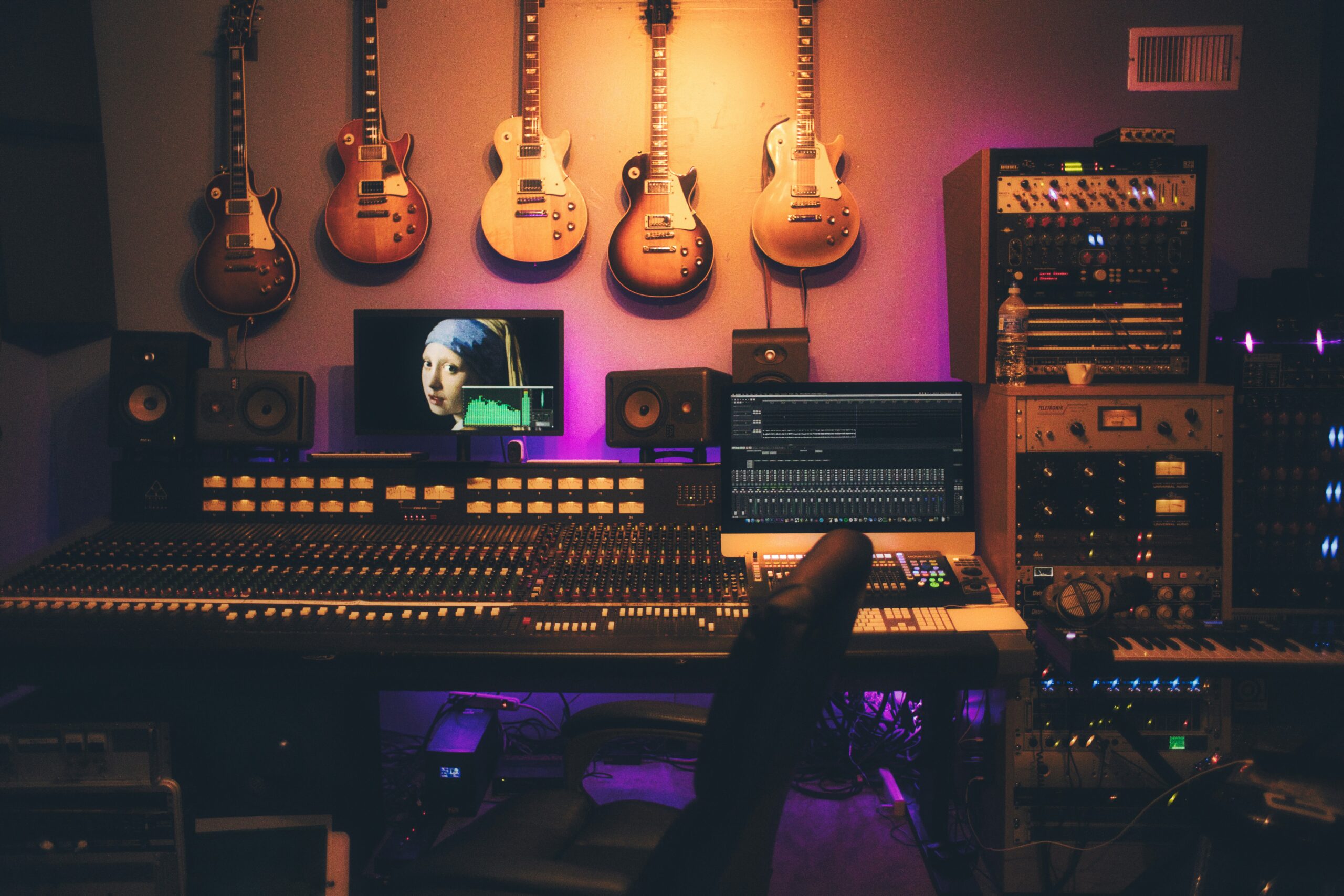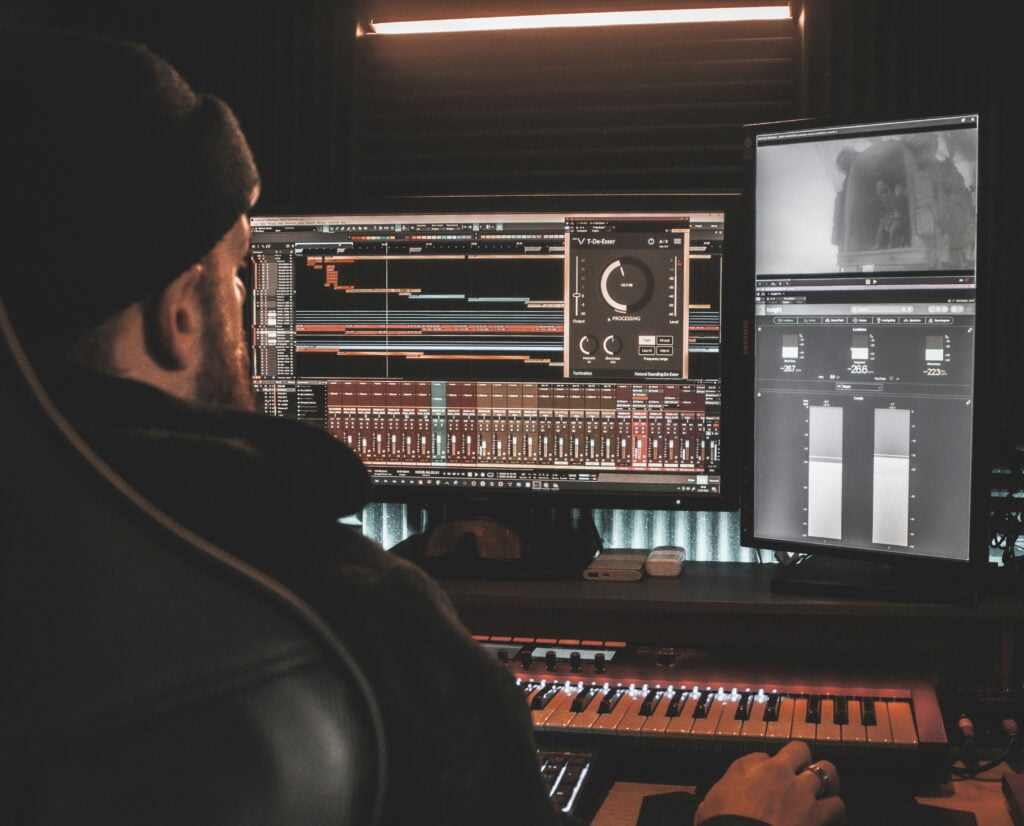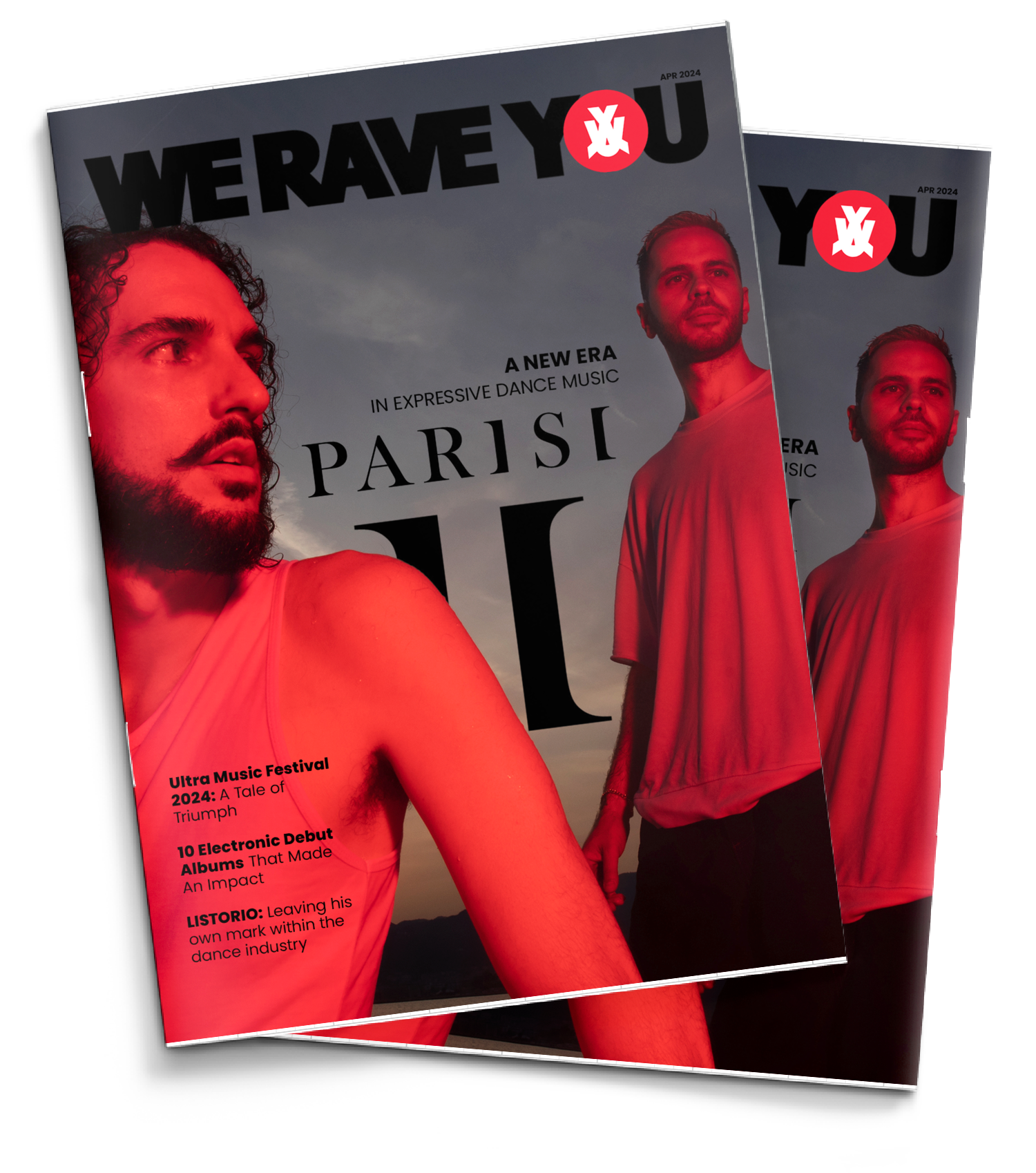

A Guide to Creating Engaging Visual Content for Music Production Education
The digital age has transformed how music producers learn their craft. While books and in-person lessons will always have value, online tutorials, and educational videos have become hugely popular ways for up-and-coming producers to expand their skills.
With so much competition online, how can educators stand out and truly engage learners?
Let’s explore a guide for creating highly visual and interactive content that keeps students interested.
The Power of Multimedia
One thing is clear – in 2024, text alone will only get you so far when competing for students’ attention spans.
Today’s learners have come to expect a multimedia experience when exploring new topics online. Incorporating visual elements like images, video, animations, and interactive elements can make a huge difference in drawing people in and keeping them engaged with educational content.
For example, when explaining how to set up a new plugin or effect chain in your DAW, a quick video tutorial recorded using a Mac screen recording tool can be extremely helpful. Rather than lots of written instructions, seeing the exact steps demonstrated live on someone’s screen in a high-quality recording helps cement the process in the mind of the student.
Let’s break this down into some key multimedia elements every music production educator should consider, including:
1. Images
A well-placed image can reinforce a concept in a way words alone can’t. When explaining a studio workflow, hardware component, or production technique – illustrate it with photos. Screenshots of your DAW, close-ups of knobs and faders, and before/after comparisons – all help bring explanations to life.
2. Video Tutorials
Show, don’t tell, is even more important in online tutorials. Consider recording videos of yourself demonstrating workflows, navigating virtual instruments, or explaining complex sound designs. Seeing it in action is tremendously helpful for visual learners.
3. Animations
Bring still images to life through simple animations. Things like highlighting areas on equipment photos, visualizing signal flows, or visually sequencing production steps through basic animation can aid understanding.
4. Interactive Elements
Allow learners to get hands-on virtually through interactive plugins, file downloads, MIDI/project demos, quizzes, and more. Interactive elements boost engagement through active participation rather than passive consumption.
Production Quality is Key
Of course, it’s not enough to simply include multimedia – the quality must be high to hold viewer attention and appear professionally produced. Here are some tips for nailing production value:

Tip #1 – High-Resolution Assets
Use large, high-resolution images and record videos in at least 1080p for sharp, detailed viewing on any device. Low-quality or pixelated media looks unpolished.
Tip #2 – Clean Layouts
Ensure all visual elements are neatly organized with plenty of whitespace, clear captions, and labels for quick scanning. Cluttered, hard-to-navigate design hurts comprehension.
Tip #3 – Consistent Branding
Maintain consistent branding, fonts, and colors across all visual assets and tutorials for a seamless branded experience. Ever-changing styles seem unprofessional.
Tip #4 – Clear Audio/Subtitles
Invest in a quality microphone and record videos in a quiet space. Include subtitles for all verbal explanations to keep videos accessible.
Tip #5 – Smooth Transitions
Use smooth fade and slide transitions between tutorial steps or sections for a polished viewing experience rather than jarring cuts.
Tip #6 – Calls-to-Action
Include calls-to-action throughout longer videos and articles, prompting viewers to interact, download assets, and advance their learning.
Include Interactivity
As noted earlier, interactive elements beyond static visuals boost student engagement exponentially. Consider incorporating the following into your online lessons:
- Allow students to download MIDI files, project files, or presets to follow along with tutorials in their own DAW/plugins.
- Insert quiz questions throughout long-form videos to test understanding and keep viewers engaged.
- For explaining synthesis concepts, create web-based VST plugins students can tweak knobs on to see results in real-time.
- Host collaborative workspaces where students can upload, discuss, and provide feedback on each others’ tutorial-based projects.
- Nurture an online community through a discussion forum where students can ask questions and help each other learn.
- Include prominent social sharing buttons so learners can easily spread valuable tutorials to expand your potential student base.
Value Through Personality
Students don’t just want information – they want to form a connection with knowledgeable figures in the industry. Bringing personality into video tutorials and written articles builds loyalty and value.
Here are some personality-driven techniques:
1. Relatable Storytelling
Share personal production anecdotes to establish yourself as someone who’s ‘been there’ and overcome challenges themselves.
2. Humor When Appropriate
While education should remain the focus, lightening the mood with an occasional funny quip keeps viewers engaged.
3. Authentic Enthusiasm
Visibly demonstrate passion and excitement about the topics discussed. Contagious enthusiasm is highly motivating.
4. Behind-the-Scenes Access
Give a glimpse into your studio/processes to satisfy students’ curiosity about their heroes’ workflows.
5. Q&A Live Streams
Hold regular livestreams to field questions from students in real-time, building an invested community.
6. Personal Updates
Share relevant career/life updates periodically on your profile to help students feel personally invested.
Pro-tip: Presenting yourself as an actual person through personality-driven techniques establishes you as an authority figure students genuinely want to learn from as opposed to generic anonymous content.
Measuring Engagement and ROI
To evaluate what’s effectively engaging students – and determine where to focus efforts – systematically measure key analytics:
- Video completion rates and most replayed sections
- Social sharing rates and total reaches
- Newsletter/email open and click rates
- Quiz/interactive element completion rates
- Community member growth over time
- Direct feedback and comments
- Conversions to paid lessons/products
- Third-party reviews and ratings
Continually optimize content based on data to maximize student value, retention, and overall ROI. With data-driven iterations and quality multimedia/interactivity – online music production education can thrive.
Conclusion: The Path Forward
By thoughtfully incorporating imagery, video, animations, interactivity, and personality – today’s music production educators can create truly engaging online learning experiences. Students crave visually stimulating lessons that motivate active participation over passive reading. Well-produced multimedia tutorials maximize value, build loyal communities, and empower the next generation of producers.
Kali Audio LP-UNF Giveaway
1 Winner will get Kali Audio LP-UNF speakers. All you need to is enter your first name, last name and email address.


- PARISI cover Interview
- Ultra Music Festival 2024: A Tale of Triumph



